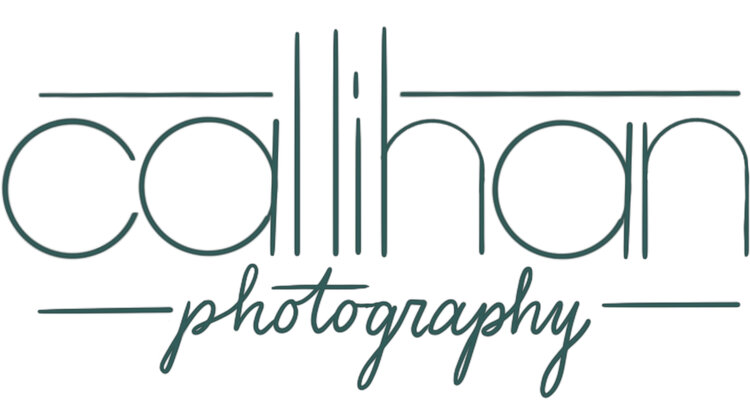You might be wondering, what is a 365 project? This is where you take a photograph every single day of the year. This may seem daunting, but it keeps you pushing for creative photos every day. And even though I totally failed this year I produced more photos than I ever have previously! It pushed me to the max! I ended up with about 276 pictures. Obviously, I missed a couple months there around August. Whoops! The point is I stuck with it. I’d miss several days and then I’d pick up my camera to create something. And you know what? I absolutely treasure these moments I captured. I can look back at how little my kids were just a year ago. Or I can remember exactly where I was that day. I have tiny details about what happened on that day that I have documented. Like what day the COVID lockdowns started for our state, or who won the super bowl, or that the California fires made the sunsets extra hazy- even in Columbus, Indiana! I even have self-portraits so my kids can see photos where their mom was actually in front of the camera. I plan to do this every year, even if I fail miserably. I know that I will still be producing more work, honing my techniques, and staying as creative as possible.
Stick with it!
A 365 project requires discipline and perseverance. I have learned that if you plan a little, things will be easier. Have a day set aside at least once a week to import your photos and do your editing. If you have a busy day planned it might be easier to get your photo done in the morning, so you do not have to think about it the rest of the day. It becomes easier with time as it starts to be a habit. You will find yourself thinking of photography every day, and looking for good light, and good moments.
Sometimes it requires a flat lay.
This was my go-to idea when I had no creative ideas and the day was ending. It happened to be something I wanted to improve upon, and I found it easy to search around the house and find things to make a flat lay out of. It was also handy for when it was less than pretty outside. If it were raining or just cold and brown outside with a grey sky, I would always do a flat lay. Consider what your flat lay might be? What will be your go to when you have no more creativity left or you just can’t take one more picture of that brown winter outside. Maybe taking a photo on your phone was the best you could do that day. That is ok! Make sure to put it in your 365-project folder! That way you can legitimately count it.
Keep your camera within reach.
If you have easy access to it then when you see that perfect light or that perfect scene it is easy to grab and get that photo in for the day. I leave my bag open and all my lenses in the same area so I can grab it easily. At the same time, make sure you keep an extra battery charged up and ready to go.
Do not forget the spirit of the project.
It is not so much about getting a worthy picture every day. If you can create that, then by all means, please do! However, this project is about keeping photography at the forefront of your mind. It is about working and growing every day. So, if you miss a day (ahem…or several), that’s ok! Pick it up the next day and start again the next day. Attempting this down to the letter will overwhelm you. Take it one day at a time, and don’t get too legalistic.
Print your photos.
I am preaching to myself here, as I am guilty of this. This year I printed all of my photos in a little book. And I love it! I look at it often, and I have it as a tiny coffee table book. I have written excerpts from what I remember on some of the days. I can also see how my photography has evolved over time. Your photos are meant to be enjoyed! Not rotting away on a hard drive. Luckily, places like Chat books make it really easy to keep prints in your hands and not on the cloud. I am a firm believer that prints have so much value not only as personalized artwork, but beautiful displays of your story! (Again, I am as guilty as anyone on this. So, we MUST do better!!)
Keep in a constant state of learning.
So, in conclusion, even though I completely failed I have learned so much through this project. It kept me creatively accountable and helped me to artfully document my own family! So many changes take place in just a year. Make sure to slow down and enjoy it. I highly encourage everyone to take up a personal project like this. Time is fleeting. Document your family well. And if you can’t do it yourself consider it a worthy investment to hire your local photographer.
Thanks for reading!






















